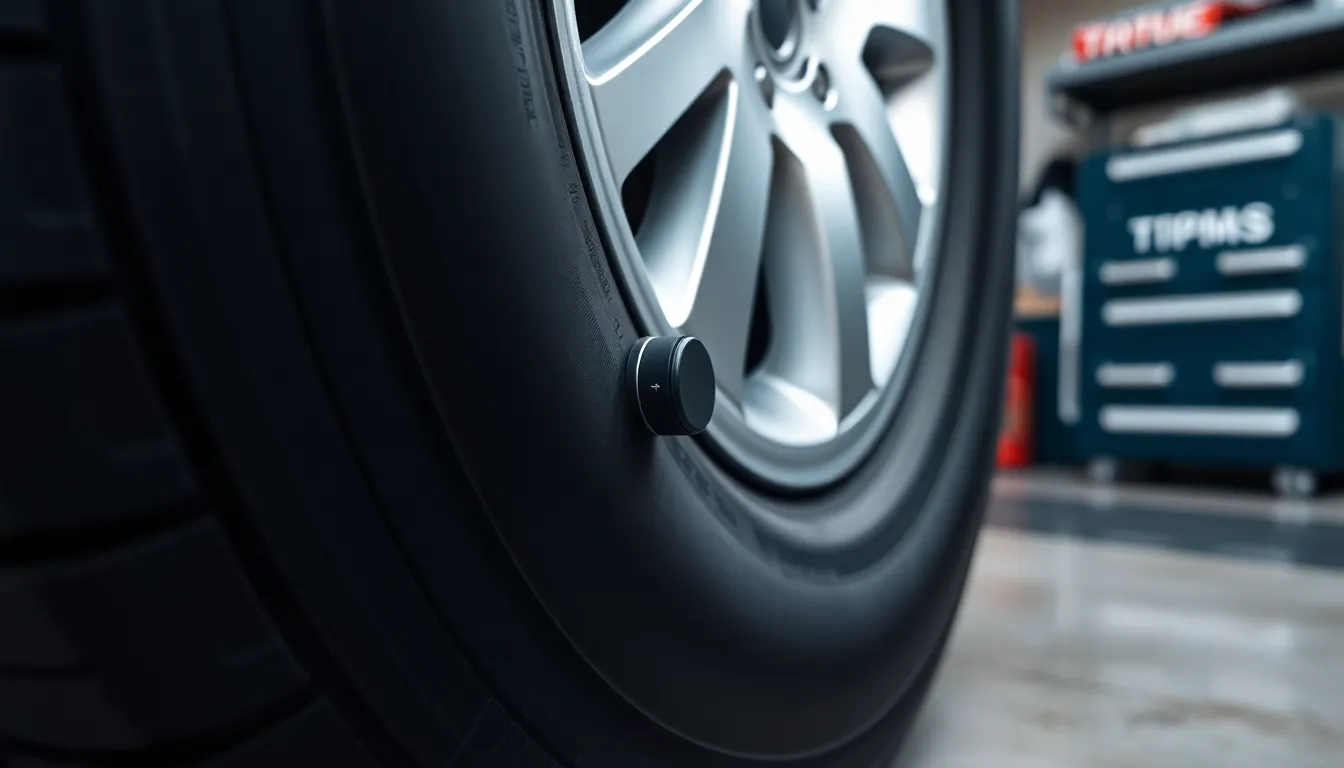We’ve all seen that little tire pressure warning light pop up on our dashboard at the most inconvenient times. But have you ever wondered about the Tire Pressure Monitoring System (TPMS) behind it and how long these crucial safety devices actually last?
Your TPMS isn’t just another car gadget—it’s a federally mandated safety feature that’s been protecting drivers since 2008. These sensors work tirelessly to monitor your tire pressure and alert you to potentially dangerous situations before they become costly blowouts or accidents.
Understanding your TPMS lifespan can save you hundreds of dollars in unexpected repairs and keep your family safe on the road. We’ll explore everything from battery life expectations to replacement costs so you can make informed decisions about your vehicle’s maintenance. Whether you’re dealing with a current TPMS warning or planning ahead, knowing what to expect will help you stay one step ahead of potential issues.
What Is TPMS and How Does It Work
TPMS stands for Tire Pressure Monitoring System, an electronic safety feature that continuously monitors tire air pressure in real time. Federal regulations require all passenger vehicles manufactured after September 2007 to include this system as standard equipment.
Two primary TPMS types exist in modern vehicles:
| TPMS Type | Location | Monitoring Method | Accuracy Level |
|---|---|---|---|
| Direct TPMS | Inside tire/wheel assembly | Pressure sensors | ±1-2 PSI |
| Indirect TPMS | ABS wheel speed sensors | Rotational analysis | ±3-5 PSI |
Direct TPMS systems use battery powered sensors mounted inside each wheel that measure actual tire pressure every few seconds. These sensors transmit radio frequency signals containing pressure data to the vehicle’s onboard computer system. Battery life in direct TPMS sensors typically ranges from 5 to 10 years depending on usage patterns and environmental conditions.
Indirect TPMS systems monitor wheel rotation speeds through existing ABS sensors rather than measuring pressure directly. When a tire loses pressure it rotates at a different speed than properly inflated tires because of its smaller diameter. The system’s computer algorithm detects these speed variations and triggers warning lights when differences exceed programmed thresholds.
Direct TPMS components include:
- Pressure sensors with integrated transmitters
- Valve stems or band mounted sensor assemblies
- Central receiver module
- Dashboard warning light display
- Vehicle computer integration software
Most luxury vehicles and newer models use direct TPMS because it provides exact pressure readings for each tire. The system activates warning lights when pressure drops 25% or more below recommended levels. Some advanced systems display individual tire pressures on dashboard screens or infotainment systems.
Indirect systems cost less to manufacture but require tire rotation relearning procedures and can’t detect gradual pressure loss in multiple tires simultaneously. These systems reset through exact driving patterns or manual calibration processes after tire changes or rotations.
Average Lifespan of TPMS Systems

TPMS systems are categorized as either direct or indirect types. The longevity varies significantly between these systems based on their underlying technology and components.
Direct TPMS Sensor Lifespan
Direct TPMS sensors contain battery-powered transmitters inside each tire that typically last 5 to 12 years, with an average lifespan of 7 years. Several factors influence the actual battery life including the number of radio frequency transmissions the sensor makes, driving habits, and environmental conditions.
Frequent stop-and-go driving reduces battery life compared to steady highway driving. Warm climates also decrease sensor longevity while colder environments extend operational life. Once the sensor battery depletes, we must replace the entire sensor unit since the batteries aren’t serviceable components.
| TPMS Type | Estimated Lifespan | Key Limiting Factor |
|---|---|---|
| Direct TPMS | 5–12 years (avg. 7) | Battery depletion in sensors |
| Indirect TPMS | No set lifespan | ABS/wheel sensor reliability |
Indirect TPMS System Durability
Indirect TPMS systems don’t use sensors inside the tires but rely on the vehicle’s ABS wheel speed sensors to monitor tire pressure. These systems detect pressure changes by analyzing differences in wheel rotation speeds between tires.
Battery lifespan concerns don’t apply to indirect TPMS since no battery-powered components exist in the tires. The system’s durability connects directly to the vehicle’s ABS components, which manufacturers design to last the vehicle’s lifetime under normal usage conditions. Routine maintenance and calibration keep the system functioning properly without requiring wheel-mounted sensor replacements.
Factors That Affect TPMS Longevity
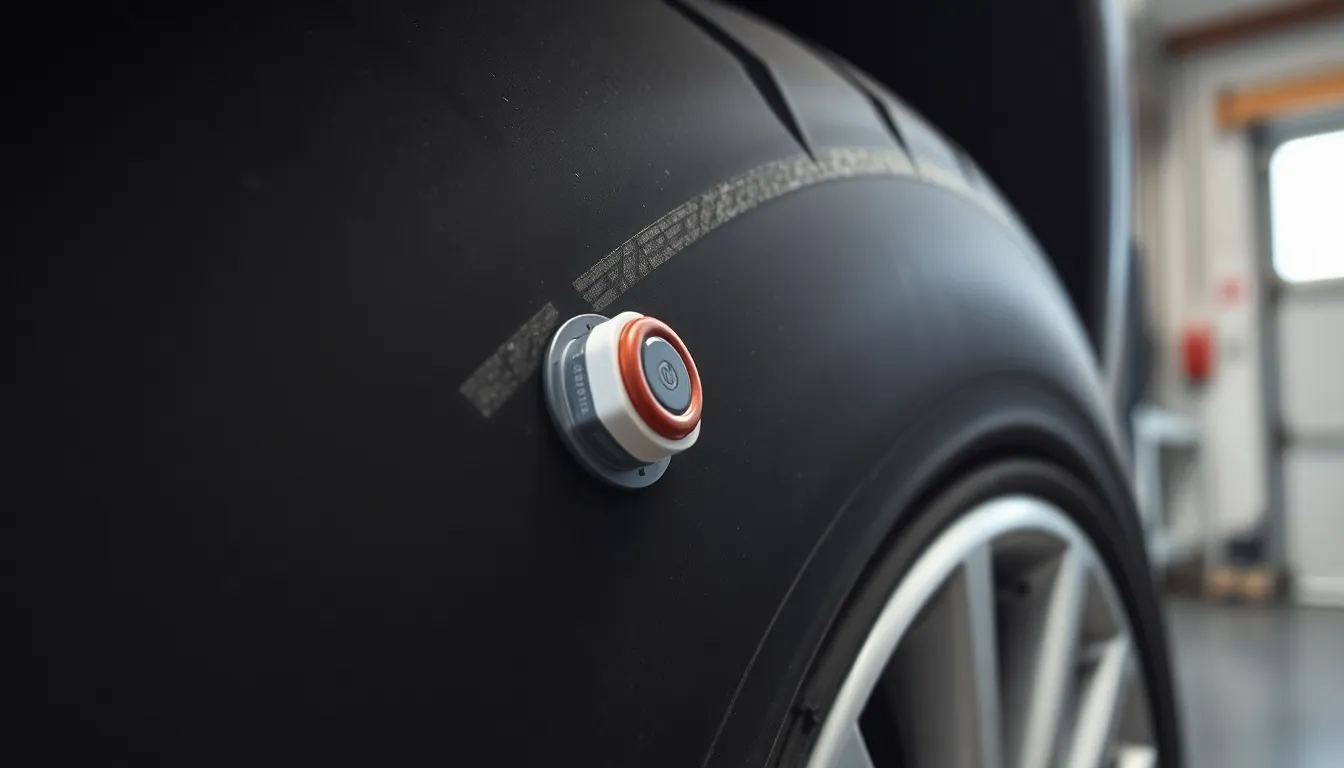
Several key elements determine how long TPMS sensors remain functional in vehicles. Understanding these factors helps us make informed decisions about maintenance and replacement timing.
Battery Life in Direct Systems
Direct TPMS sensors rely on internal lithium ion batteries that power the monitoring components for 5 to 12 years. Cold temperatures extend battery performance by reducing chemical reaction rates within the cells. Warm climates accelerate battery degradation and decrease the overall sensor lifespan to the lower end of the range. Frequent vehicle use increases battery drain as sensors transmit pressure data more often during active driving periods.
Environmental Conditions and Wear
Extreme temperatures create thermal stress on TPMS sensor components and accelerate material degradation. High humidity levels cause corrosion of metal parts within the sensor housing. Road salt exposure during winter months damages sensor casings and internal circuits. UV radiation from prolonged sun exposure breaks down rubber seals and plastic components. Sensors manufactured with premium materials like stainless steel housings and reinforced electronics resist environmental damage for 10 to 12 years compared to standard sensors lasting 5 to 7 years.
Driving Habits and Maintenance
Stop and go traffic patterns increase sensor activation frequency and drain batteries faster than highway driving. Off road driving exposes sensors to vibrations and impacts that damage internal components. Maintaining consistent highway speeds reduces sensor workload and extends operational life by 2 to 3 years. Proper sensor installation during tire changes prevents damage from incorrect mounting procedures. Regular inspection for physical damage helps identify failing sensors before complete battery depletion occurs.
Signs Your TPMS Needs Replacement
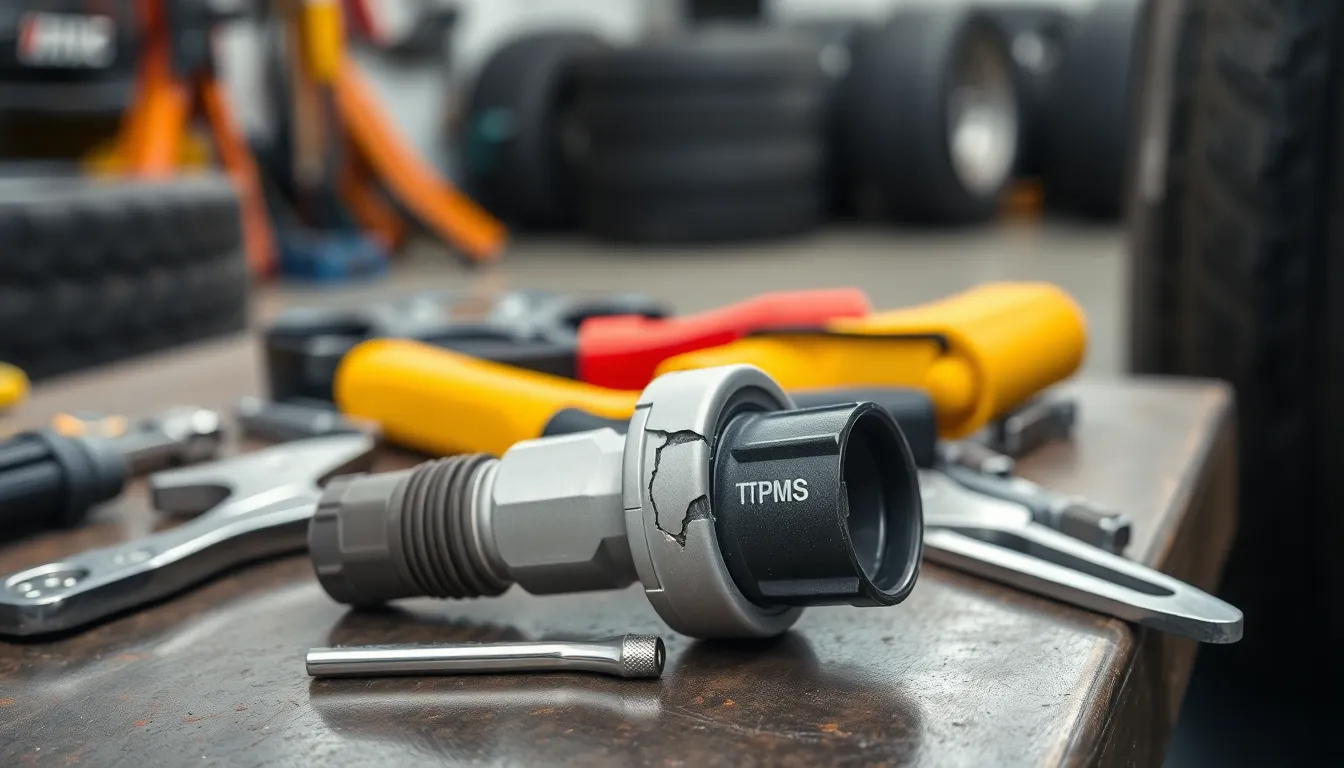
Recognizing the warning signs of failing TPMS sensors helps us avoid sudden system failures and maintain optimal tire safety. Dead batteries represent the most common reason for TPMS sensor replacement, accounting for the majority of sensor failures after 5 to 12 years of operation.
Physical damage indicators affect sensor functionality and require immediate attention. Cracked sensor housings, damaged valve stems, or corroded components compromise the system’s ability to transmit accurate pressure readings to our vehicle’s computer.
Transmission failures manifest when sensors stop communicating with the vehicle’s receiver module. These communication breakdowns occur when internal components deteriorate or when radio frequency transmission capabilities weaken over time.
Seal and gasket deterioration creates air leaks that interfere with pressure monitoring accuracy. Worn rubber seals around valve stems allow air to escape gradually, causing false readings and triggering warning lights on our dashboard.
Seized valve caps and cores prevent proper sensor operation and tire maintenance access. Corrosion from road salt exposure or extreme weather conditions can cause these components to bind, making tire pressure adjustments impossible without sensor replacement.
| Replacement Indicator | Cause | Frequency |
|---|---|---|
| Dead battery | Natural depletion after 5-12 years | Most common |
| Physical damage | Impact, corrosion, wear | Moderate |
| Transmission failure | Component deterioration | Moderate |
| Seal/gasket wear | Age, environmental exposure | Common |
| Seized valve components | Corrosion, debris | Less common |
Temperature-related failures become apparent when sensors stop responding during extreme weather conditions. Sensors exposed to repeated freeze-thaw cycles or prolonged high temperatures may experience accelerated component degradation that requires replacement before the typical 7-year average lifespan.
How to Extend TPMS Lifespan
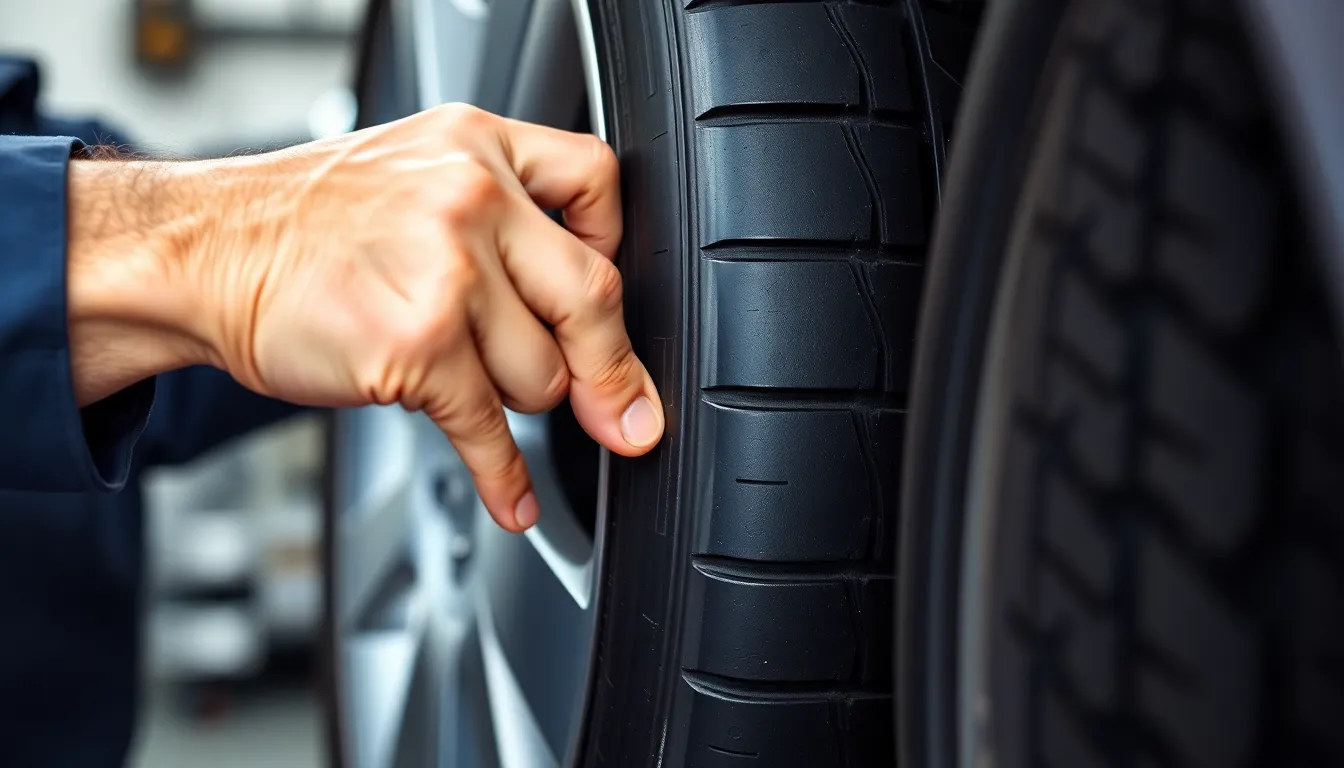
Maximizing TPMS sensor longevity protects your investment while maintaining optimal tire safety. Several proven maintenance practices can extend sensor life from the typical 7-year average to the maximum 12-year range.
Proper Tire Maintenance
Optimal tire pressure reduces strain on TPMS sensors and prevents premature battery drain. Maintaining manufacturer-recommended pressure levels keeps sensors operating within their designed parameters.
Overinflation creates excessive stress on sensor components during tire flexing. Underinflation forces sensors to transmit warnings more frequently, accelerating battery depletion through increased radio frequency activity.
Temperature fluctuations affect both tire pressure and sensor performance. Checking tire pressure monthly during seasonal changes prevents sensors from working overtime to compensate for natural pressure variations.
Regular System Checks
Periodic TPMS sensor inspections identify potential issues before complete failure occurs. Visual examination of valve stems and sensor housings reveals corrosion, damage, or loose connections that compromise system reliability.
Battery replacement according to manufacturer specifications prevents unexpected sensor failures. Most TPMS batteries operate effectively for 5 to 12 years, but proactive replacement at the 7-year mark eliminates roadside emergencies.
Professional diagnostic scans detect weak signal strength or intermittent transmission problems. Early detection allows for scheduled maintenance rather than emergency repairs during critical driving situations.
Environmental exposure assessment helps predict sensor lifespan in exact climates. Cold conditions extend battery life significantly, while warm temperatures and high humidity accelerate component degradation.
Cost of TPMS Replacement
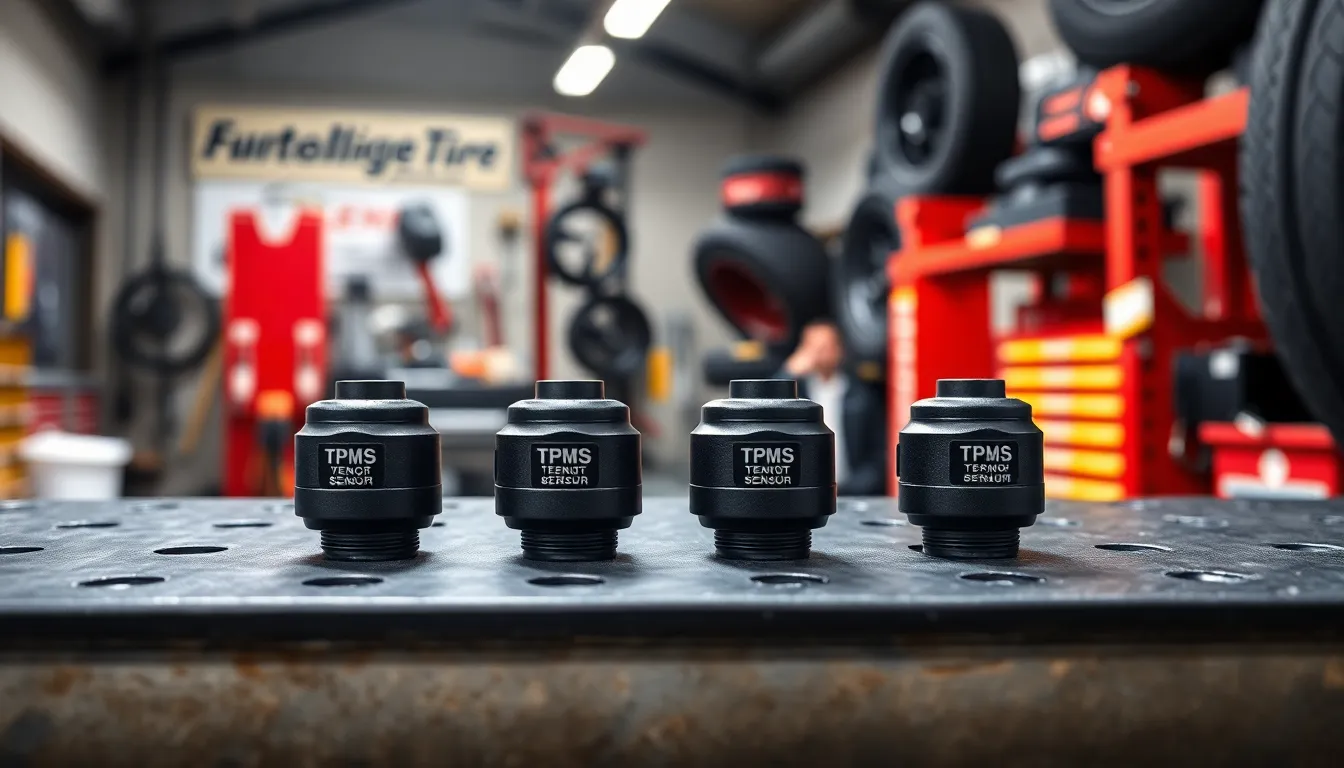
TPMS sensor replacement costs vary significantly based on vehicle model and sensor type. Individual sensors range from $50 to $100 each, while complete four-sensor sets cost between $200 and $400 or more depending on brand and quality specifications.
Professional installation adds substantial expense to the replacement process. Labor fees typically range from $50 to $100 per sensor when mechanics handle the installation. These costs reflect the specialized equipment and expertise required for proper sensor programming and calibration.
Several factors influence the total replacement expense beyond the basic sensor price. Vehicle manufacturers often require exact sensor models that command premium pricing compared to universal alternatives. Luxury vehicles and specialty models frequently demand OEM sensors that cost significantly more than aftermarket options.
| Cost Component | Price Range |
|---|---|
| Single TPMS Sensor | $50 – $100 |
| Complete 4-Sensor Set | $200 – $400+ |
| Professional Installation | $50 – $100 per sensor |
| Total Replacement Cost | $400 – $800+ |
Geographic location affects pricing due to varying labor rates across different regions. Urban areas typically charge higher installation fees compared to rural markets. Dealership service centers often command premium pricing over independent tire shops and automotive service centers.
Timing your replacement strategically can reduce overall costs. Replacing all sensors simultaneously during tire changes or rotations eliminates duplicate labor charges. Many tire retailers offer package deals that combine new tires with TPMS sensor replacement at discounted rates.
Aftermarket sensors provide cost savings compared to OEM options without compromising functionality. Quality aftermarket sensors deliver reliable performance at 30 to 50 percent lower costs than manufacturer parts. These alternatives undergo rigorous testing to ensure compatibility with vehicle systems and regulatory compliance.
Battery powered sensors require complete replacement rather than battery changes alone. Manufacturers seal TPMS units permanently, making battery replacement impossible and necessitating full sensor replacement when batteries deplete after 5 to 12 years of service.
Conclusion
Understanding your TPMS lifespan helps you plan for maintenance and avoid unexpected costs down the road. We’ve covered how Direct TPMS sensors typically last 7-12 years while Indirect systems can function throughout your vehicle’s lifetime with proper care.
Regular maintenance and attention to warning signs will maximize your system’s performance and keep you safer on the road. Whether you’re dealing with current TPMS issues or planning ahead we recommend staying proactive with inspections and addressing problems early.
Remember that while sensor replacement costs can add up timing these services with tire changes and considering aftermarket options can help manage expenses effectively.
Frequently Asked Questions
What is TPMS and why is it important?
TPMS (Tire Pressure Monitoring System) is a federally mandated electronic safety feature that continuously monitors tire air pressure in real time. Required in all passenger vehicles manufactured after September 2007, TPMS alerts drivers to dangerous pressure changes, helping prevent blowouts, improve fuel efficiency, and enhance overall road safety through early detection of tire issues.
How long do TPMS sensors typically last?
Direct TPMS sensors generally last between 5 to 12 years, with an average lifespan of 7 years. The battery life depends on factors like driving habits, environmental conditions, and temperature extremes. Indirect TPMS systems don’t have a set lifespan since they rely on existing ABS components designed to last the vehicle’s lifetime.
What are the main types of TPMS systems?
There are two primary types: Direct TPMS uses battery-powered sensors inside each wheel to measure actual tire pressure, providing accurate real-time readings. Indirect TPMS relies on ABS wheel speed sensors to detect pressure changes through rotational differences. Direct systems are more accurate but require battery replacements, while indirect systems are less expensive but have detection limitations.
What factors affect TPMS sensor lifespan?
Key factors include environmental conditions (temperature, humidity, road salt, UV radiation), driving habits (stop-and-go traffic vs. highway speeds), and proper installation. Cold temperatures can extend battery life, while warm climates and frequent use accelerate degradation. Extreme weather conditions and poor maintenance can significantly reduce sensor longevity and performance.
How much does TPMS replacement cost?
Individual TPMS sensors cost $50 to $100, while complete four-sensor sets range from $200 to $400 or more. Professional installation adds $50 to $100 per sensor in labor costs. Total replacement expenses vary based on vehicle model, geographic location, and whether you choose OEM or aftermarket sensors. Timing replacements during tire changes can reduce overall costs.
What are the signs that TPMS sensors need replacement?
Common warning signs include persistent dashboard warning lights, dead batteries (most common after 5-12 years), physical damage to sensors, transmission failures, deteriorated seals and gaskets, and seized valve components. Temperature-related failures and inability to reset the system after proper tire inflation also indicate sensor replacement needs.
Can TPMS sensor batteries be replaced?
No, TPMS sensor batteries cannot be replaced individually. Manufacturers permanently seal these units, so when the lithium-ion battery depletes after 5 to 12 years, the entire sensor must be replaced. This design ensures waterproof protection but means complete sensor replacement is necessary rather than simple battery changes.
How can I extend my TPMS sensor lifespan?
Maintain manufacturer-recommended tire pressure levels to reduce sensor strain and prevent premature battery drain. Conduct regular visual inspections and professional diagnostic scans to identify issues early. Consider environmental factors – cold conditions extend battery life while warm temperatures and high humidity accelerate degradation. Proper maintenance maximizes sensor longevity and maintains optimal tire safety.

